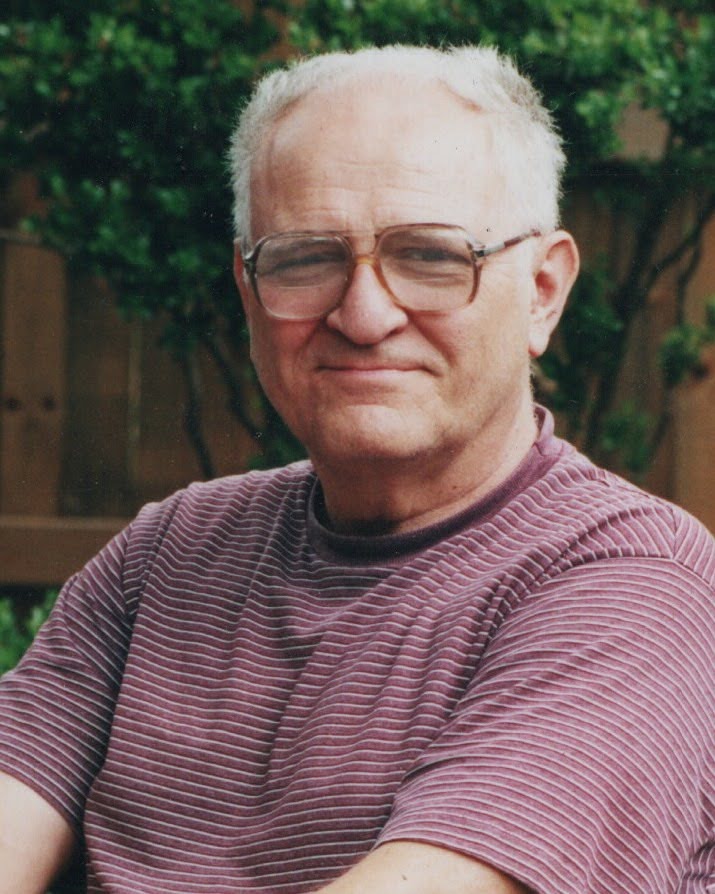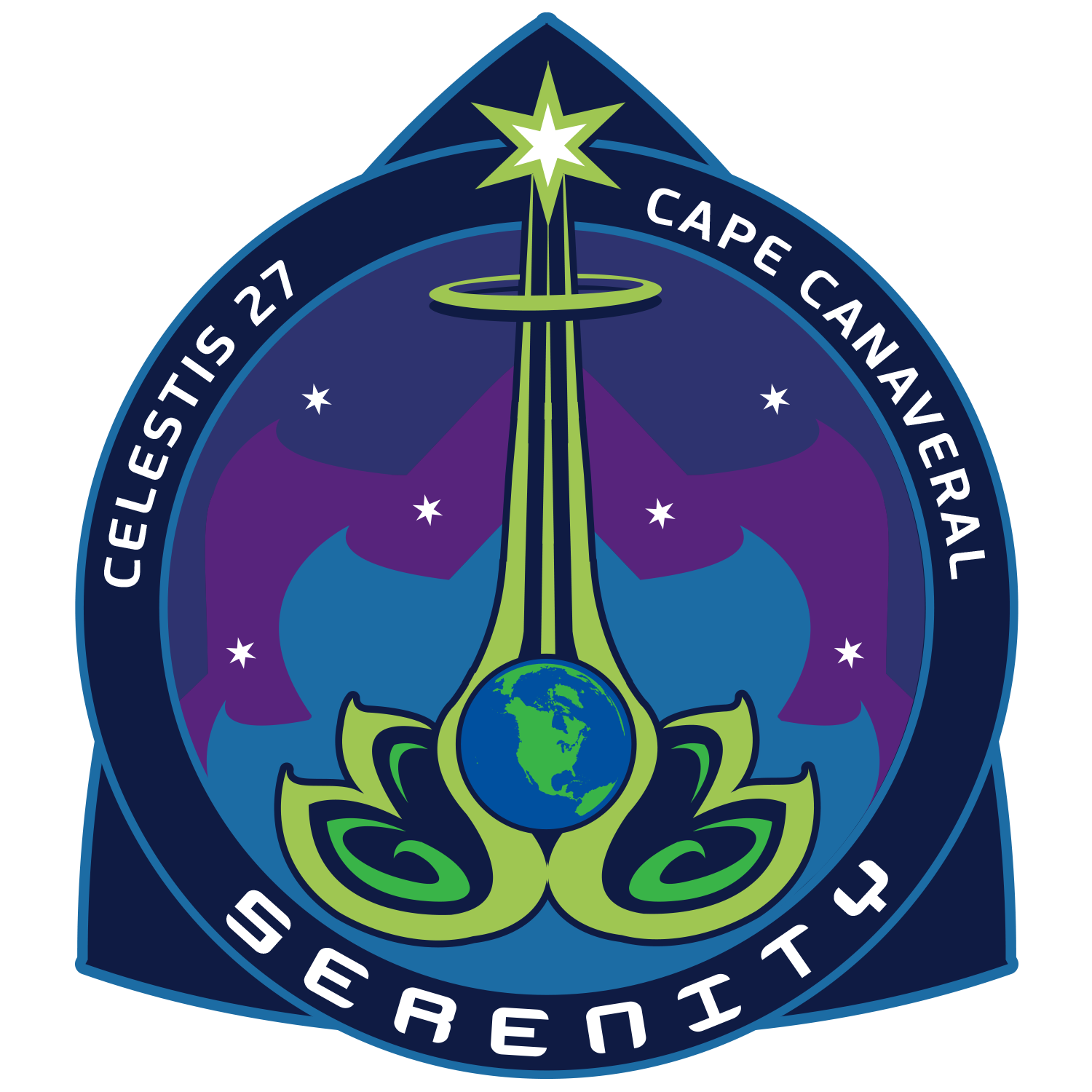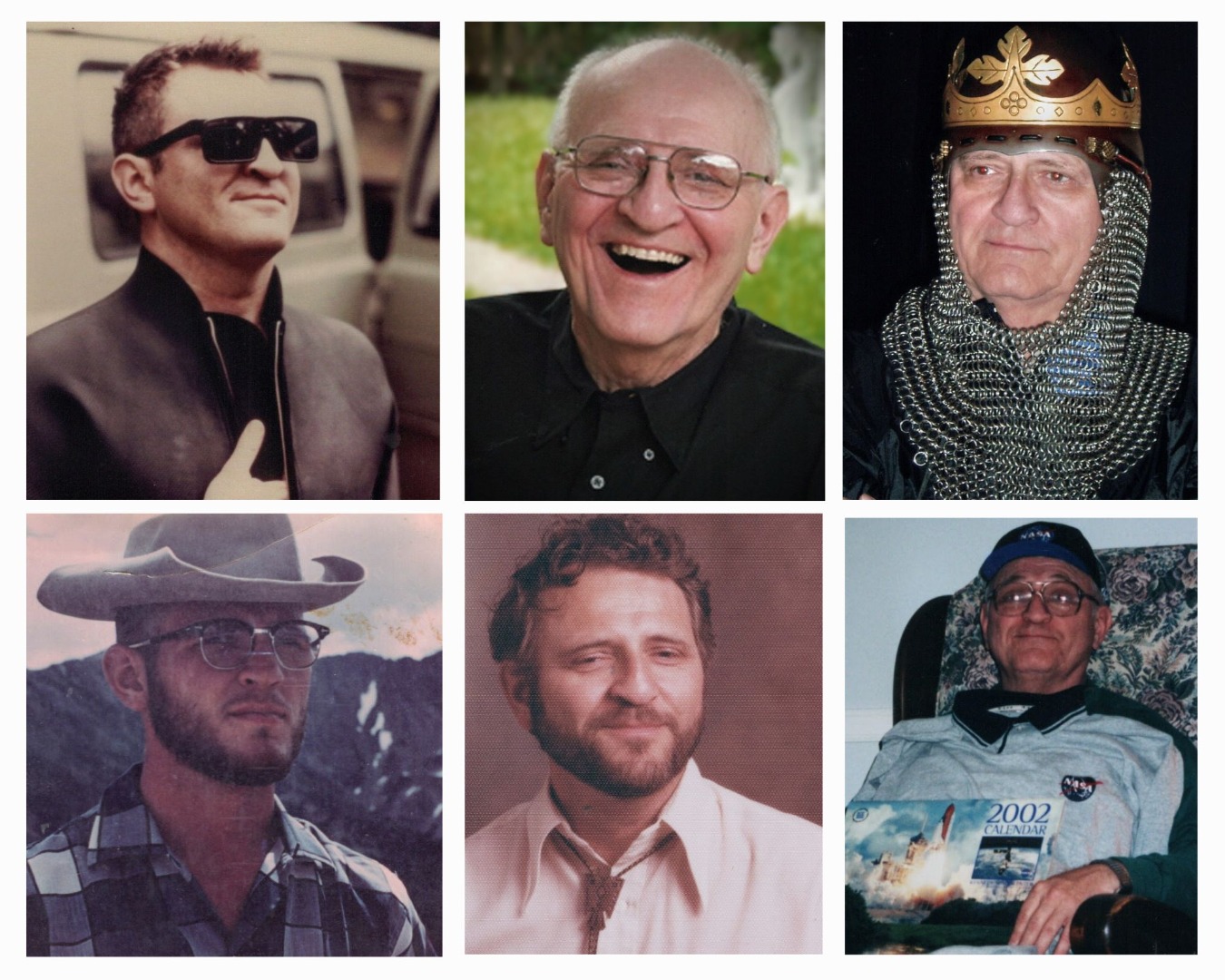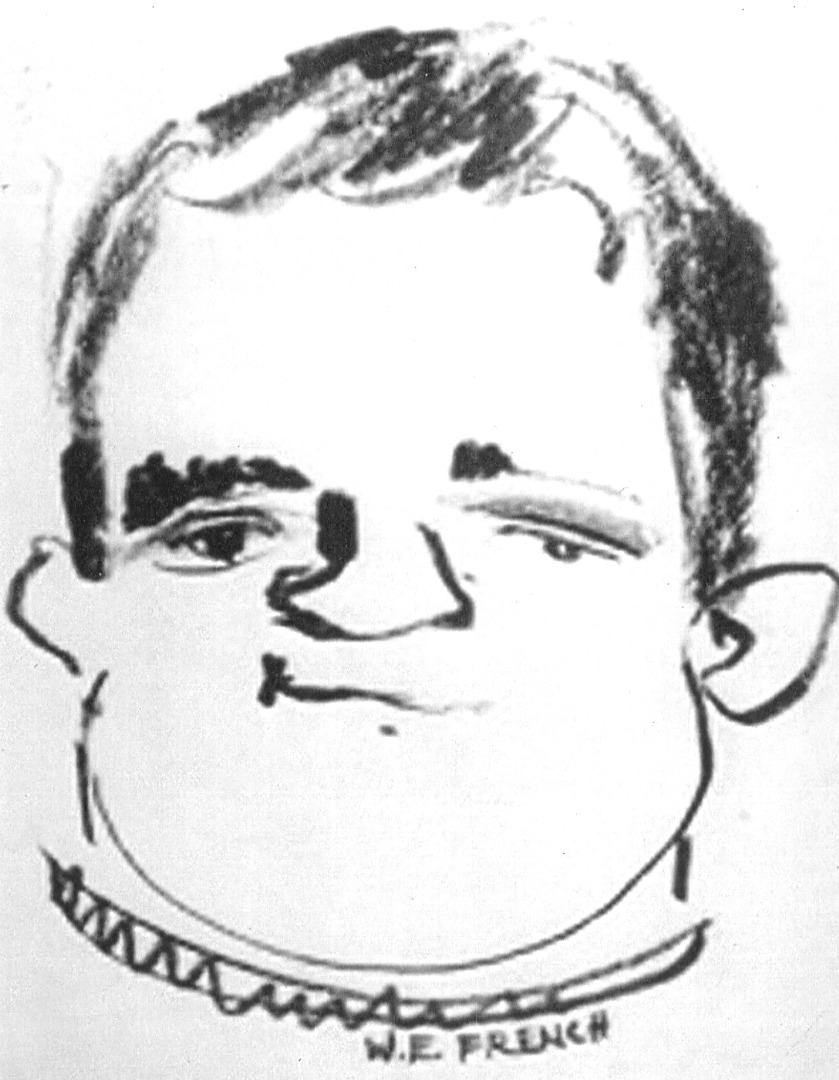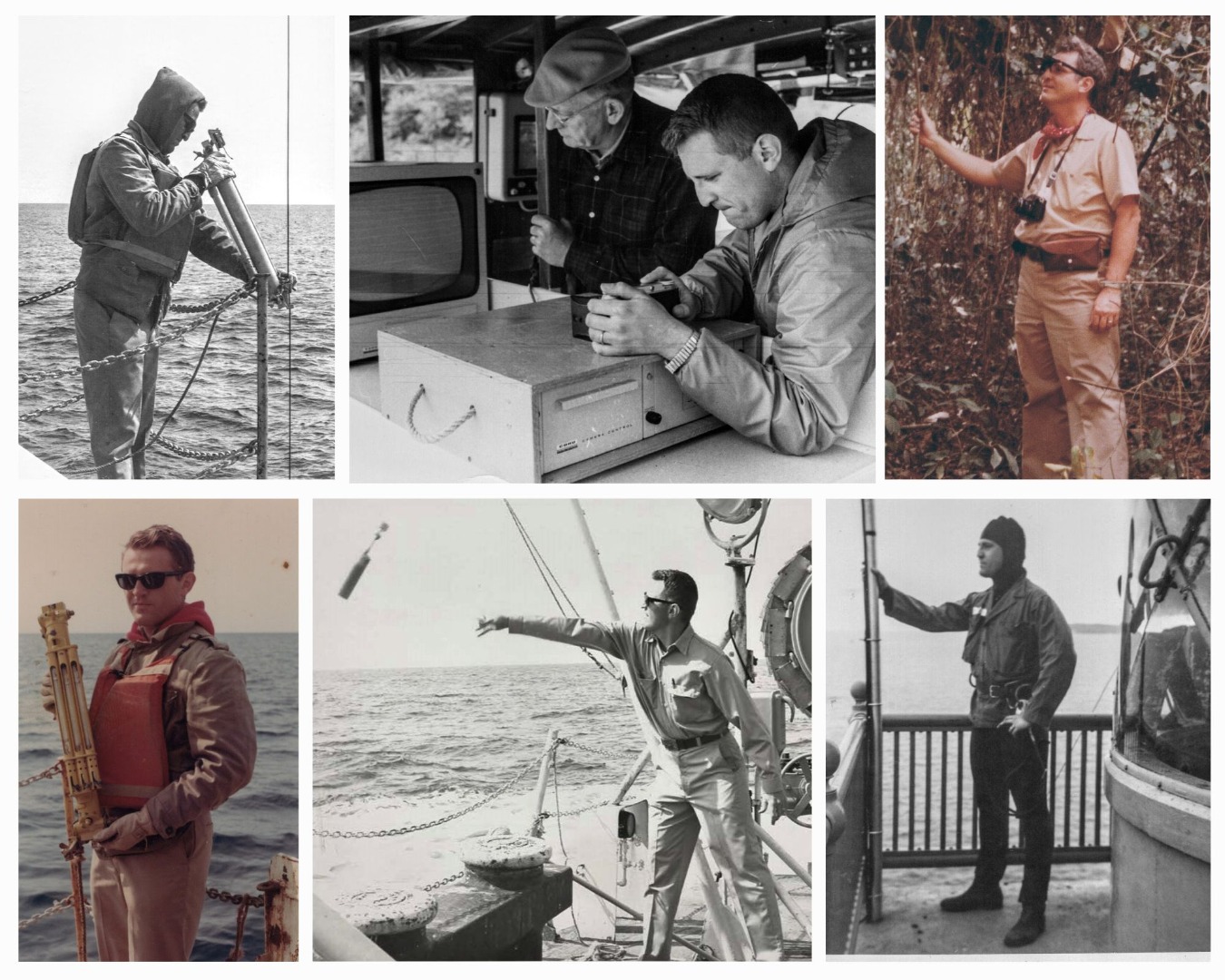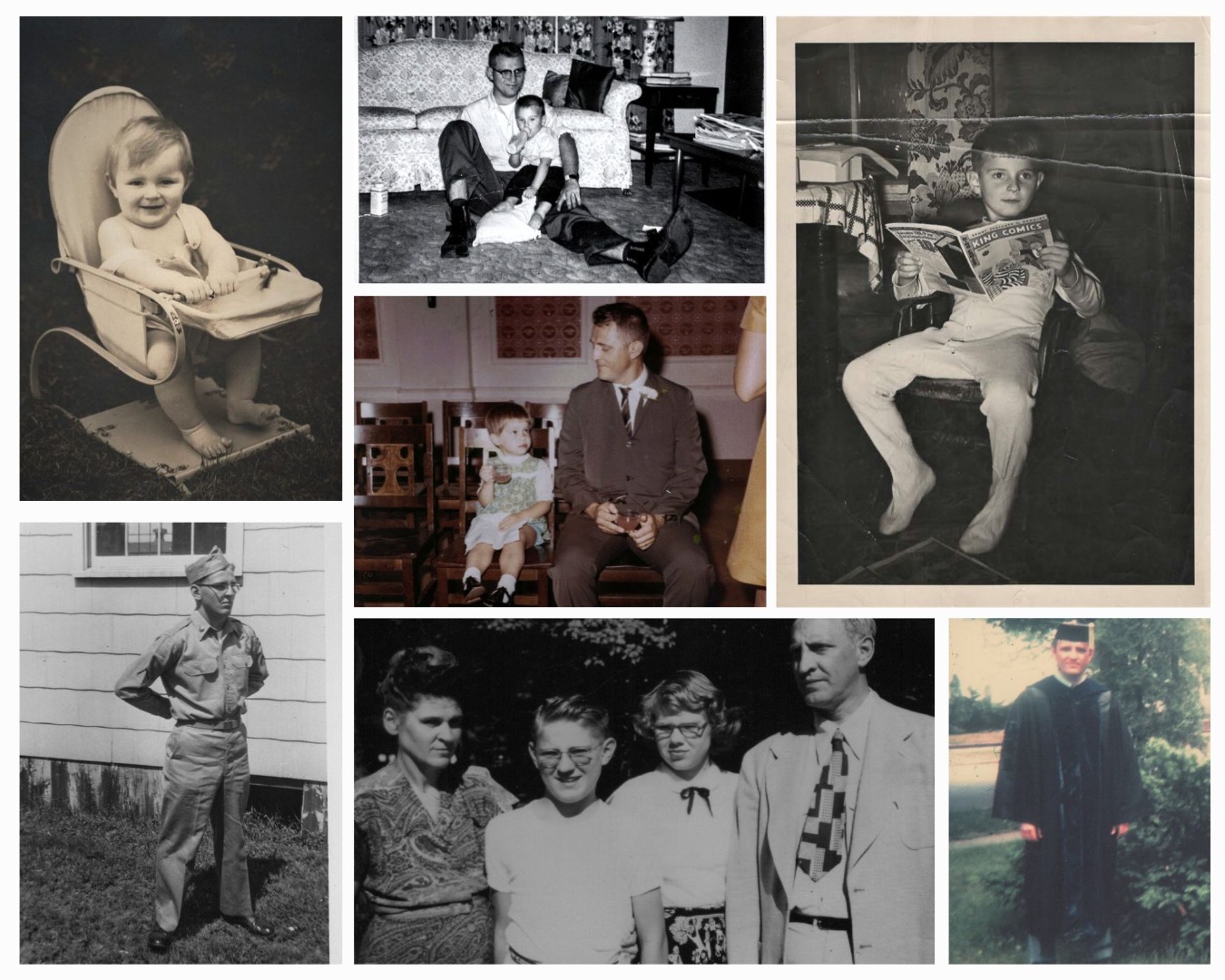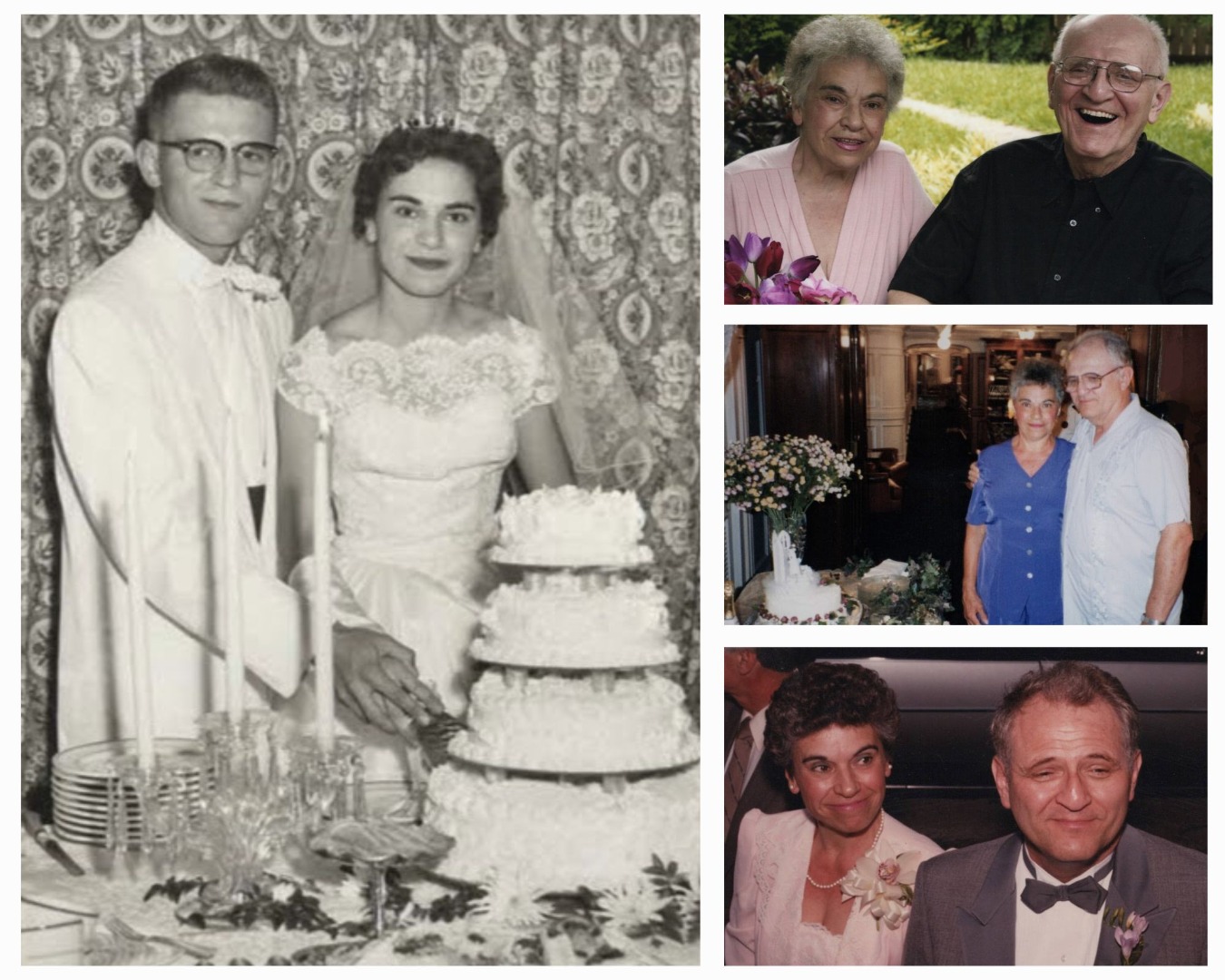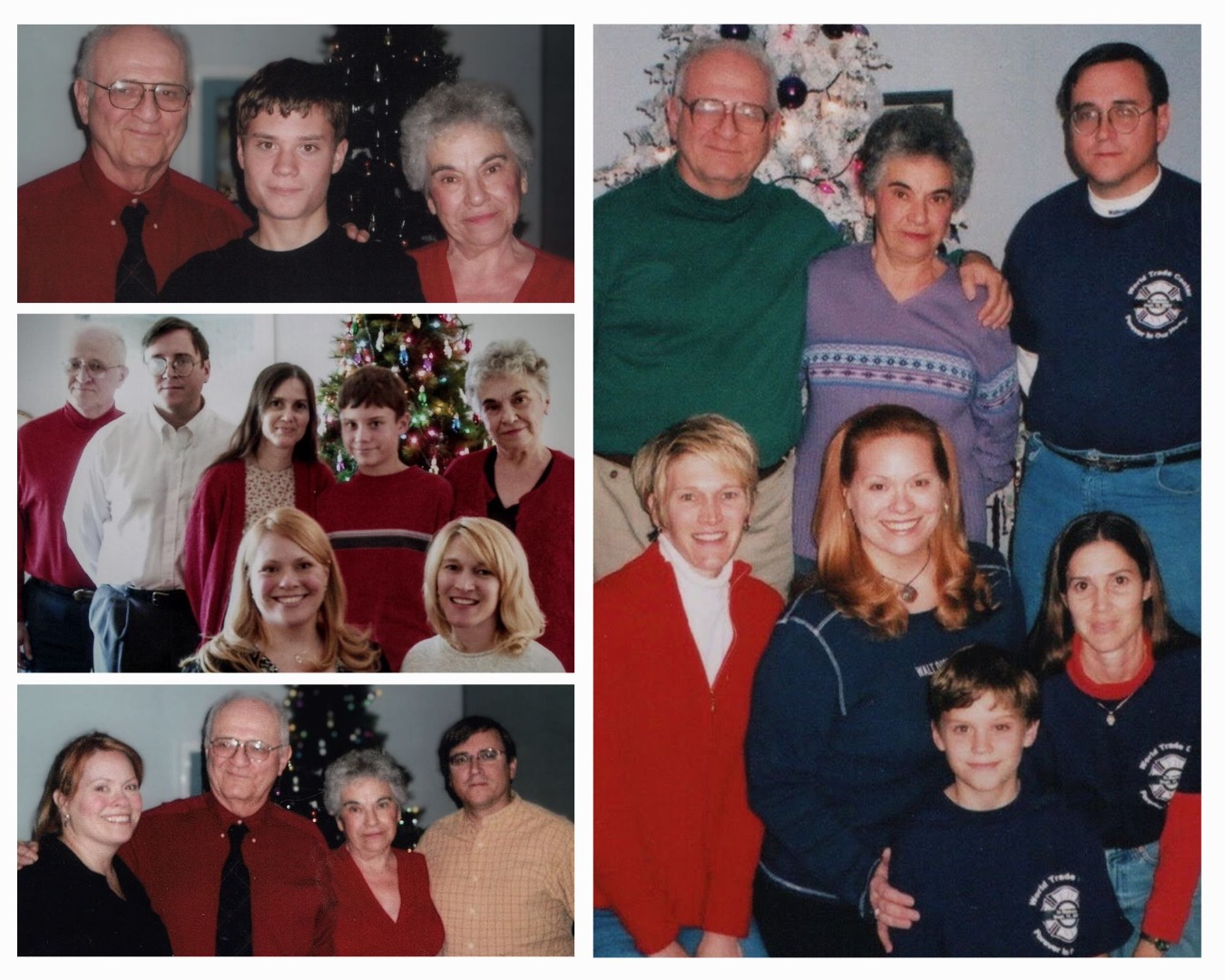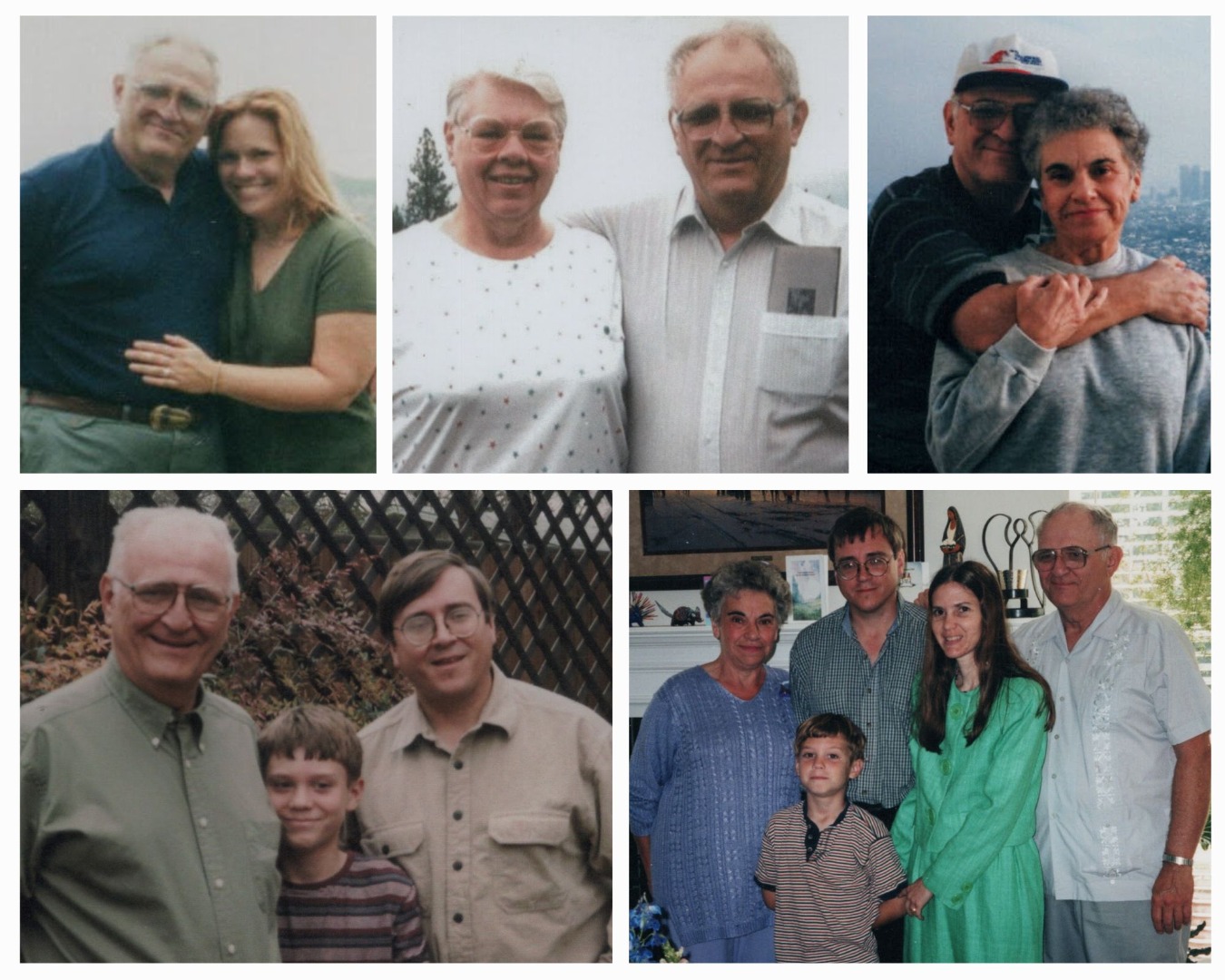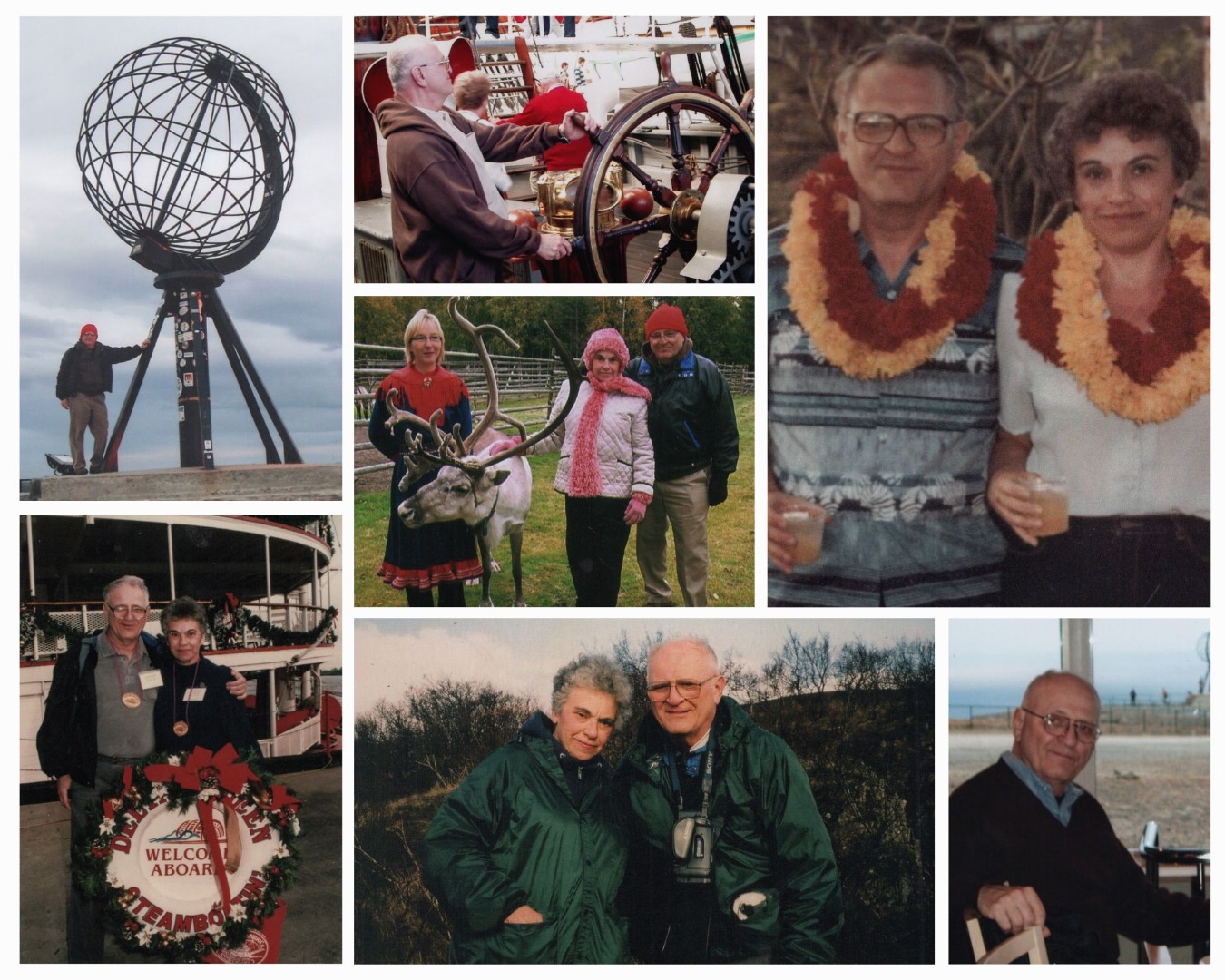William E. French finally reaches outer space.
Bill was born on 17 November 1936, in Jackson, Michigan, to Burt Edwin French, an engineer for Howard Hughes, and Ruth Jameson French, a high school librarian and English teacher. "Willie," his big sister Alice, and their parents moved to Detroit and settled in the suburb of Livonia. Bill was an inveterate builder, tinkerer, and reader. He developed an early interest in travel, science, and exploration from reading the travel books of Richard Halliburton, the adventures of Theodore Roosevelt, and stories of sailors and the sea. An early fan of science fiction, Bill had subscriptions to all the magazines of the era: Astounding, Amazing, the Magazine of Fantasy and Science Fiction, and others. Saving money from his allowance and odd jobs, he would bike to the post office and buy money orders for the science fiction books he could only get through the mail. He loved the works of Robert Heinlein, Isaac Asimov, Arthur C. Clarke, E.E. “Doc” Smith, and so many more. Their stories of the future, of the cosmos, of adventure and daring do, all inspired a new interest in outer space. His friends thought them nothing but fantastical stories; Bill knew it could be made real. Moving beyond fiction, he devoured books on actual rocketry and space travel by Willy Ley, Wernher von Braun, and others.
His classmates at Rosedale Gardens Elementary in Livonia called him “the Professor” because he seemed to know everything, perhaps because he was known to read the encyclopedia (volumes A to Z) every morning at breakfast. This perception continued throughout his school years, where he was known as one of the smartest in his class, especially in math and science. But he didn’t always have his nose buried in a book. He loved exploring the woods near his home, was a Cub Scout, a Boy Scout, and even a member of the school drama club. Bill graduated from Livonia’s Bentley High (go Bulldogs!) and joined his sister at the University of Michigan. He knew he wanted to be a scientist and explorer but felt that his glasses would disqualify him from a future in any space program. (Years later, he was somewhat nonplussed to see astronaut John Young wearing reading glasses on STS-1.) So instead, he studied the Earth and earned his bachelor’s and master’s degrees in Geology and the university’s first doctorate in Oceanography. While at U of M, he met nursing student Jacqueline Holda when they were matched by height at a social between their dormitories. They married after graduation in 1958. Meanwhile, he became an able-bodied seaman, served in the Army Reserve’s Quartermaster Corps, taught himself how to SCUBA dive, did a bit of wreck salvaging (a couple of the anchors he found are still on display at the university), and conducted pioneering research on the currents and geology of Lake Michigan’s Manitou Passage. During all of this, Bill and Jacqueline moved to Plymouth and, in 1960, welcomed their son, Kirk.
After completing his post-graduate work, Bill became employed as a Supervisory Oceanographer by the US Naval Oceanographic Office (NAVOCEANO) in Washington, DC. He was appointed Chief Scientist of the USNS Silas Bent and conducted classified antisubmarine warfare research in the North Pacific, the Bering Sea, and the Sea of Okhotsk. This allowed Bill to visit Hawai’i, Guam, Japan, and the Aleutian Islands. In 1967, Bill and Jacqueline welcomed their second child, daughter Heather. He loved his work at NAVOCEANO, but he didn’t want to spend half of every year away from his young family. He decided to go for an academic life, moving on to become an assistant professor at Hope College in Holland, Michigan. There he taught courses in geology, oceanography, limnology, and hydrology. Bill found a great deal of fulfillment and even joy in teaching his students. He particularly enjoyed taking them out on Lake Michigan, giving the students a chance to experience fieldwork, the love of learning, and the wonders of the natural world. They formed tight and lasting bonds, many becoming his lifelong friends.
Desiring to do more fieldwork, he and his family moved to North Texas, where he served as a consultant, field scientist, Chief Field Scientist, and vice-president for several companies – Environment Consultants Inc., WAPORA, Coastal Ecosystems Management, Leak-Tech Corp, and RDS Environmental. His work ranged from environmental impact studies for power plants, bridges, and dams across the US and Mexico to water resource development in Panama and Liberia to a gold mine in west Texas. He loved working with his fellow scientists, exploring and learning about any discipline beyond his own such as zoology, botany, meteorology, field ecology, and archaeology. He once said it would be a sad day when there wasn’t something new to learn.
Growing up, he and his family would vacation in northwestern Michigan near Empire and the renowned Sleeping Bear dunes. The area was even more special to him as the site of his honeymoon and the focus of his doctoral studies. He returned to Michigan's Sleeping Bear Dunes National Lakeshore in 1997 with the United States Geological Survey. As the world’s leading expert on the dunes, he was asked to study the changes in its geology and the subsequent landslides that had taken place since his original research for his thesis. Bill was a published scientist, a Registered Professional Geologist, and a Corrective Action Project Manager.
Bill's love of travel took him from the tropics to the Arctic and all over the globe, both with his family and for work. He traveled to all 50 states, each of the 10 Canadian provinces, 26 countries, four continents, and three oceans. As a proud descendant of Clan Gunn, he visited Scotland several times, returning to the stark beauty of his ancestral home.
Bill loved to share his knowledge. On many tours, he would quietly answer questions from the people around him, then answer more questions from the larger group, and frequently questions from the guides. On a coach tour of Peggy’s Cove in Nova Scotia, he was asked by the tour guide to provide an impromptu lecture on the geology of the area for his fellow travelers. It was well received by all! While he enjoyed talking to larger groups, he preferred more intimate social settings and wasn't one for big cities or crowds. His daughter always said that he preferred any place where there were more rocks than people, which was evident in some of his favorite trips: walking between two continental plates in Iceland’s Thingvellir National Park; traveling above the Arctic Circle in Bettles, Alaska, and North Cape, Norway; viewing the basalt columns of the Giants Causeway in Northern Ireland; seeing the geological wonders of the Tablelands of Gros Morne National Park in Newfoundland, Canada; and visiting the remote, craggy Orkney and Shetland Islands.
Bill considered himself a sailor, always at home on the water. He loved the high seas, lakes great and small, and river cruises both domestic and abroad. He and his wife were members of the Delta Queen's Paddle Wheel Society, taking 18 cruises with the company on all three of their steamboats. They sailed virtually every navigable stretch of America’s rivers on steamboats, boats, and barges. He spent so much time in the ships’ engine rooms that he became friends with the chief engineers, and he would spend hours marveling at the operation of the river locks they were passing through. He even learned to play the ship's calliope!
At home, he spent his time reading, watching NASA TV, working on cars, carpentry, remodeling, and helping anyone, especially his grandson, fix anything. If he didn't know how to fix something, he would find a book or manual and teach himself. His esoteric tool collection was the envy of the neighborhood. If asked for a tool he didn't have, he’d say, “No, but I think I can make something that will work just as well." Bill enjoyed being a “choir dad” as the only father in his daughter’s choir booster club. And he did love a good, or usually not so good, pun!
Through all of this, Bill maintained his deep love for space, and he shared this passion with his children. He allowed his son to stay home from school to watch every Moon landing. He would stargaze with his young daughter and, years later, would help her and his grandson find the ISS as it traversed the night sky. He read every book and article on space exploration he could find. He watched so much NASA TV that he could tell you the names of every astronaut, cosmonaut, flight-control, and ground-team worker at mission control as well as the other space agencies around the world. He would remark on their moods and knew what they were having for lunch. He even knew when the sound was amiss on NASA TV and would call the cable company engineers to have it adjusted! And through it all, he would revisit the science fiction stories of his youth, allowing his imagination to take him to the stars.
Bill is survived by his loving wife Jacqueline, daughter Heather, son Kirk and his wife Jacqueline, grandson Sean, and "other daughter" Dorin Schadel. His quiet smile and gentle laugh will be missed.
Now Bill journeys to space, allowing him to be the astronaut he always dreamed of being. His ashes will also be scattered into the waters of the Manitou Passage, where the currents will take him wherever he wants to go.
Godspeed, Bill French.

